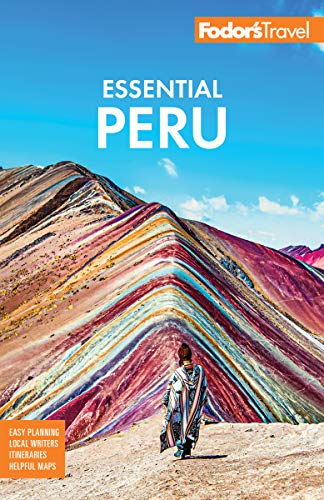Peaceful Cajamarca is one of the most undervisited places in Peru. As the town where the conquistador Pizarro captured and later executed the Inca ruler Atahualpa, it's the crucible of South American history, with abundant ruins testifying to the clash of civilizations that unleashed all of Latin America's subsequent tumult. But even if history isn't your forte, you'll be enchanted by the gently sloping hills, waterfalls, and friendly dairy farms that dot the landscape around this sleeper of an Andean city.
For Cajamarca, 1532 was the crucial date. That year, while the Inca ruler was relaxing at the thermal springs just outside town, 168 Spaniards, led by Francisco Pizarro, entered the main square and requested an audience. Thinking to enslave the visiting strangers and steal their horses, Atahualpa agreed, but when he arrived in the plaza with his retinue, he was quickly captured by Pizarro himself and made to witness the slaughter of some 6,000 of his followers. Imprisoned in a stone room, he tried to ransom his life with heaps of gold and silver, but the treacherous Spanish garotted him anyway in 1533.
Visitors to Cajamarca today can see reminders of this tragic history, both in the city's picturesque Plaza de Armas and in the surrounding hills, which feature some choice pre-Hispanic ruins. The town's colonial churches and houses are so well preserved that they were declared a Historic and Cultural Patrimony Site by the Organization of American States in 1986. But for many, the region's chief beauty lies in the lush green sierra outside the city limits. There, cheap day-trips allow you to sample the organic dairy products for which the area is famous, as well as shady forests, cataracts, and, at one farm, some of the smartest cows in South America.




